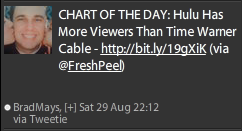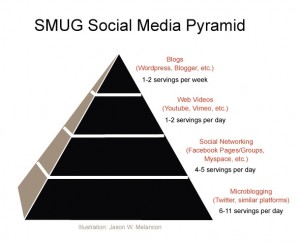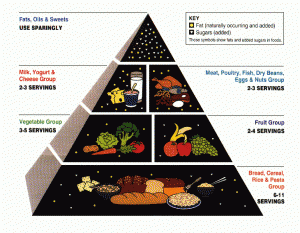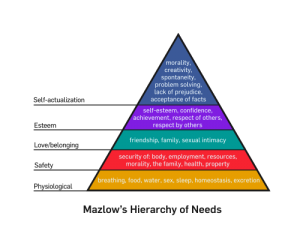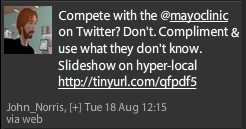In honor of Shel Israel’s new book, Twitterville: How Businesses Can Thrive in the New Global Neighborhoods, which is coming out Thursday and in which I understand I am mentioned, I’m planning to do a few posts over the next several days on the practical value of Twitter for businesses.
I’m really looking forward to seeing the book. At the time I did my email interview with Shel we had not yet become officially active with our @mayoclinic Twitter account, and one of the points I made was that even without lots of interaction it’s smart for organizations to at least claim their “brand” name and automatically tweet with an RSS feed. From a purely defensive posture, it’s wise to have claimed your brand’s name on an increasingly popular social networking site like Twitter, to prevent someone else unrelated to your organization from “brandjacking” you. Our @mayoclinic Twitter activity has changed a lot in the last six months or so, and I hope at least some of that was captured in Twitterville. If not, that’s another reason for me to do a series outlining my thinking about Twitter today, and what I see as its main values for business in general and health care in particular.
On a related note, @PhilBaumann challenged @EdBennett and me yesterday to “sell” the value of Twitter for health care in 140 characters or less. Here was my response:
That’s as good a summary as I can do within a Tweet, and in this series of posts I plan to expand on those themes. But for the fuller exploration, I’m confident Shel’s book will be excellent.
So here’s my first contribution:
Lots of people don’t “get” Twitter, and the question posed by its interface: “What are you doing?” is responsible for much of the mainstream misunderstanding. Just as Second Life skeptics routinely quip, “But I don’t even have time for my first life!” there is a similarly common (and unimaginative) phrase used dismissively of Twitter: “Who CARES what I’m having for breakfast?!”
I sure don’t. Care about your breakfast choices, that is. But if you’re reading an interesting article online as you slurp your coffee, it may be really helpful to me if you “tweet” the link so I can read the article as I savor my gluten-free Corn Chex.
That’s one of the significant values of Twitter: it enables you to find others with similar interests, and when they see (and tweet about) an online news story that interests them, there’s a good chance you’ll think it’s worthwhile, too.
So while Google’s search engine is great when you’re looking for particular information that you know must be out there somewhere, one of Twitter’s values is that it helps you get notified about things for which you wouldn’t think to search.
So tonight, for example, I saw this tweet from @BradMays:
I clicked the link and it took me to this story that shows the viewership of the online video site Hulu as compared with the number of viewers for various cable TV companies.
I would never have thought to search for this information, but it’s interesting to me as someone who follows media trends, particularly comparing more traditional delivery channels like cable vs. Web sites.
And because @BradMays is among those I’m following on Twitter, I came across this information and have marked it for future reference. It might well show up in a presentation in the coming months. In essence, he served as an unpaid scout/adviser, helping me find interesting material on the Web.
But I still have no idea what he had for breakfast.

